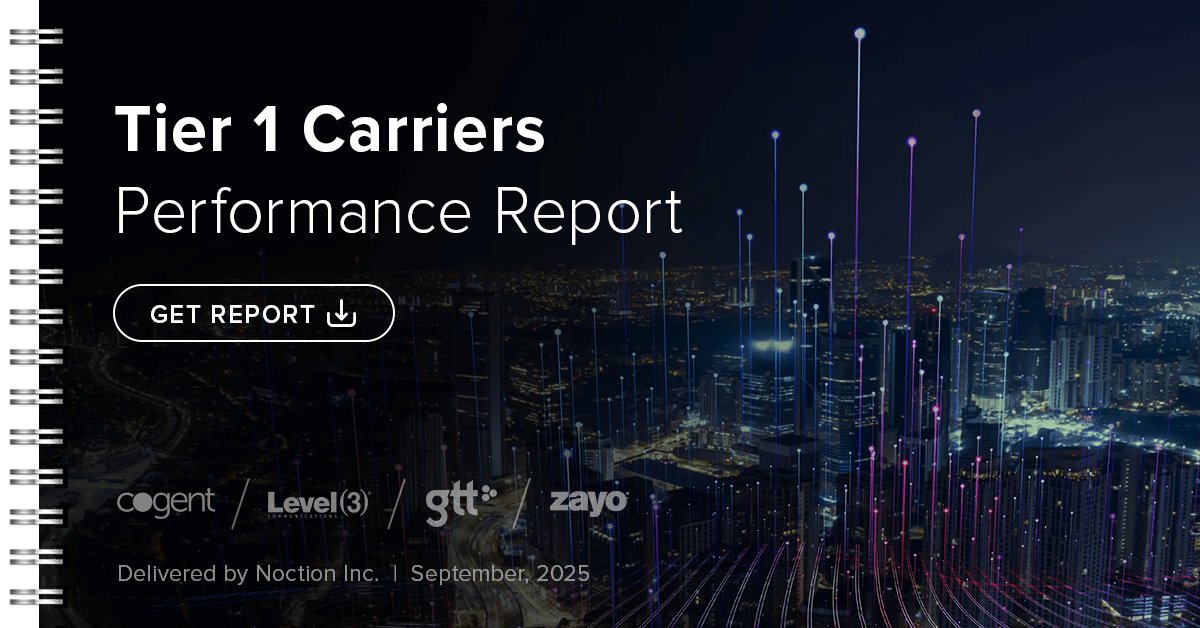 Conventional wisdom leads us to believe that interconnects between peering partners in an Exchange that is shorter will also be better than traditional links via transit providers. An Exchange by definition interconnects two peering partners’ networks removing all other intermediaries between them and tries to simulate a direct point-to-point link that by definition is the shortest. Who could possibly think this might not be the best route? What route can be better than a one hop interconnect via an Exchange or direct peer-to-peer session?
Conventional wisdom leads us to believe that interconnects between peering partners in an Exchange that is shorter will also be better than traditional links via transit providers. An Exchange by definition interconnects two peering partners’ networks removing all other intermediaries between them and tries to simulate a direct point-to-point link that by definition is the shortest. Who could possibly think this might not be the best route? What route can be better than a one hop interconnect via an Exchange or direct peer-to-peer session?
Using our product Intelligent Routing Platform (IRP), we at Noction are known for analyzing network performance before making conclusions. In version 2.1 IRP added support for Internet Exchanges. By design, the Internet Exchanges feature is intended to reduce the manpower required to correctly configure IRP in our customers’ networks.
While operating with Internet Exchanges, IRP analytics highlighted some curious data. IRP by tirelessly probing all possible paths available identified that sometimes better routes exist for Exchange traffic. The number of improvements is significant enough to make a measurable difference to performance. During one day IRP highlighted the following misbalanced data with one of our customers.

Reroutings from and towards providers
The chart above highlights the number of default paths moved from one provider (left) to another one with better performance (right). Exchanges take the two top positions in the above chart since they have fewer overall improvements due to their limited coverage of the Internet and also because of the assumptions regarding Exchanges being mostly accurate.
Still, if one gives a careful thought to this misbalance towards transit providers it makes sense. Big Internet Exchanges interconnect many tens and sometimes hundreds of peering partners. Many things might cause delays within an Exchange and while they will be addressed locally similar bottlenecks will reappear somewhere else within any big Internet Exchange.
Given this it seems that it makes very good sense to rely on an automate system that continuously checks if the assumptions about Internet Exchanges performance are true. We recommend Noction Intelligent Routing Platform.
If you have IRP configured in your environment setting up an Internet Exchange in IRP is quite straightforward:
- Add an Exchange in IRP Frontend and specify its router, the diagnostic network and provide sufficient probing IP addresses to cover all peering partners (one probing IP address per 64 peering partners).

Adding a new Exchange
- Give IRP some time to establish a BGP session with the router connected to the Exchange in order to retrieve the list of peering partners and specifically the list of network segments each peering partner covers.
- Review the “Peering partners” tab of the Exchange configuration block to verify all peering partners are there and make any required adjustments.

Exchange configuration
- Тhe PBR feature is there to create the set of ACLs for your router in order for it to correctly dispatch IRP probing packets. Apply the ACLs on your router. The ACLs can be easily removed because all of them are part of a single ACL group that can be removed in one single go.

PBR autoconfigurator
- Once autoconfiguration has been performed and the PBRs have been applied on your router, IRP is ready to start collecting traffic data and offer improvements. Start the Exchange in IRP Frontend. This will require a BGPd restart in order to reread and apply the new configuration.
At this stage IRP will take some time before identifying possible improvements and announcing them. Keep an eye on new improvements going in and out of Internet Exchanges via Current Improvements report. Older improvements, specifically those mentioned in the beginning of this article can be reviewed in Historical Records reports of IRP.

Historical Records report
If there is any suspicious data please investigate it or ask Noction engineers do this for you. Noction is always seeking a better understanding of our customers’ needs and specifics. In the end the probable reason for most anomalies will be an outdated peering partner configuration, an overcommitted link, an overloaded peering point.
Noction IRP makes no assumptions. It makes precise measurements and ensures that your traffic follows the paths that show the best performance figures, be it via a transit provider or an Internet Exchange. Relying on automated error-proof route optimization calculations is what makes Noction customers outperform their competitors.










